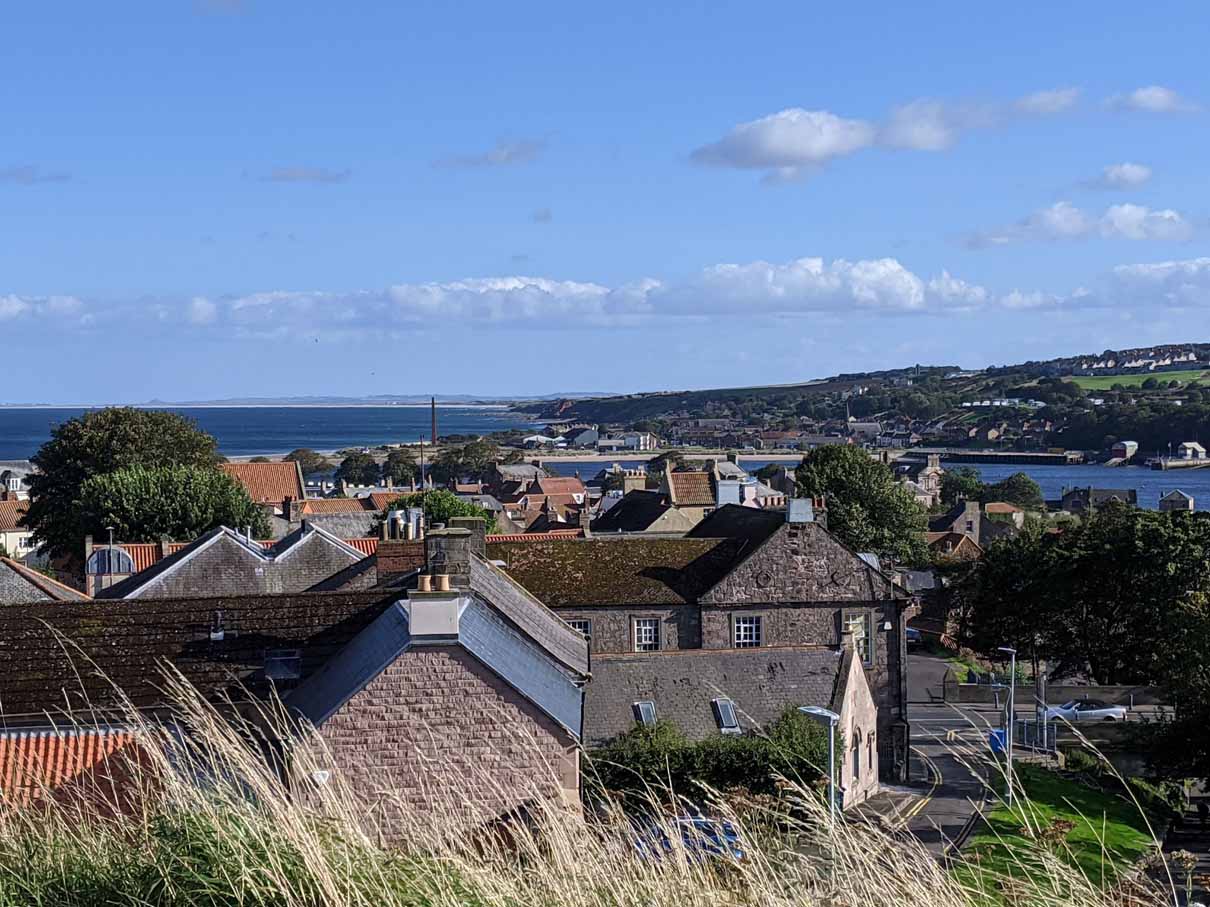Berwick-upon-Tweed

Berwick-upon-Tweed, often simply referred to as Berwick, is a historic market town and civil parish located in the northernmost part of Northumberland, England. It is situated at the mouth of the River Tweed on the east coast, making it the northernmost town in England, just 2.5 miles south of the Scottish border. Due to its strategic location, Berwick-upon-Tweed has a rich history marked by centuries of conflict between England and Scotland.
The town's history is evident in its architecture and urban layout, with remnants of medieval and Renaissance fortifications that highlight its past significance. Berwick-upon-Tweed was a key military stronghold throughout the Middle Ages and into the Early Modern Period. It changed hands between England and Scotland more than a dozen times until the 1482 capture by England, after which it remained under English control. The Elizabethan Walls, built in the late 16th century to keep out invading Scots, still encircle the town and are among the best-preserved town defenses in Europe.
Berwick's economy historically revolved around its port, with fishing and trading playing significant roles. Although its port's significance has declined over time, Berwick remains a picturesque town that attracts tourists interested in its historical sites, scenic beauty, and cultural heritage. The Royal Border Bridge, a magnificent railway viaduct built under the supervision of engineer Robert Stephenson and completed in 1850, is one of the town's most iconic landmarks. It spans the River Tweed and is a testament to the town's industrial past and importance as a transport hub.
In modern times, Berwick-upon-Tweed is recognized for its vibrant cultural scene, hosting numerous festivals and events throughout the year that celebrate its history and community spirit. Despite its tumultuous past, the town has a peaceful charm, with beautiful walks along the river, picturesque views, and a welcoming atmosphere that reflects a blend of English and Scottish influences.

